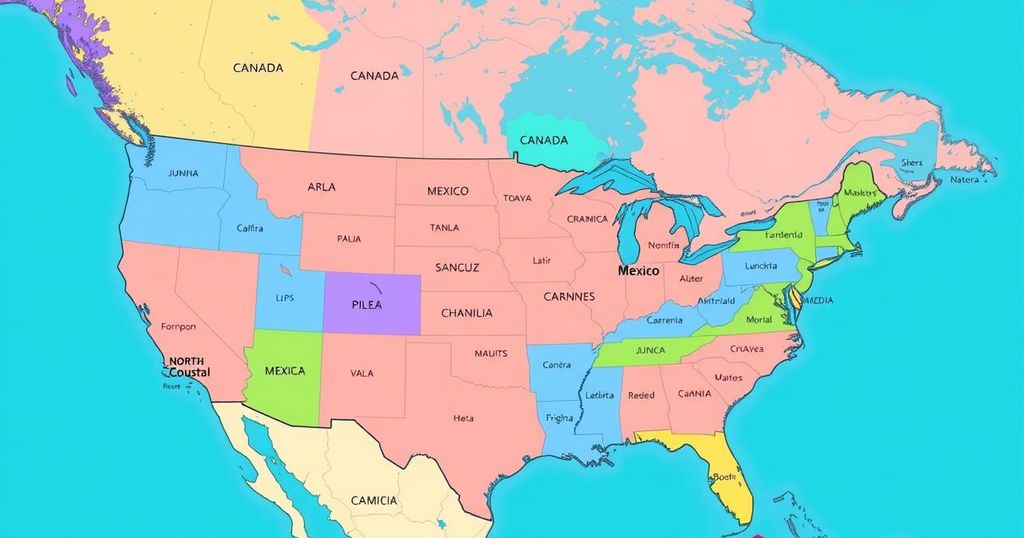The Mozambican police claimed to employ legitimate methods to disperse protests; however, civil society organizations accuse them of excessive force, resulting in numerous deaths and injuries. Despite assertions from government officials promoting dialogue and non-lethal methods, incidents of live ammunition use continue to raise concerns about police conduct and accountability.
In a recent statement, a spokesperson for the Mozambican police, Leonel Muchina, asserted that they utilize legitimate methods to disperse crowds during ongoing protests. Despite acknowledging the potential for “unforeseen situations” resulting in injuries or fatalities, he emphasized their reliance on instruments like tear gas to manage crowds, claiming that injuries may occur inadvertently.
However, several civil society organizations, such as the Human Rights Commission of the Mozambican Bar Association, have accused the police of employing excessive force, including murder, torture, and enforced disappearances. Reports reveal that since mass demonstrations commenced on October 21, 361 people have reportedly been killed and 619 injured due to police action, contradicting claims of non-lethal crowd control.
The police have faced scrutiny for purportedly using live ammunition against protesters rather than following protocols for non-lethal methods. Notably, an incident in Matola resulted in the death of a young man allegedly shot by the Riot Police, provoking public outrage and highlighting community tensions. Eyewitness accounts described the group as enjoying music rather than engaging in vandalism, further fueling concerns over police conduct during protests.
In contrast to the police’s actions, Minister of Justice Mateus Saize denounced the use of live ammunition, insisting that the government endorses alternatives such as rubber bullets. Joaquim Sive, the new general commander of the police, recently emphasized the importance of dialogue over violence, urging officers to facilitate constructive interactions with the public. Despite these directives from higher authority, there appears to be a disconnect in their implementation at the city police command level.
The Mozambican police face significant criticism for their handling of recent protests, with allegations of excessive use of force and live ammunition contrary to governmental guidelines. The discord between the police’s use of violent measures and calls from governmental officials for dialogue illustrates deep-rooted issues within the law enforcement approach to civil unrest. Ultimately, the situation highlights the urgent need for reform in policing strategies to ensure the protection of citizen rights during protests.
Original Source: clubofmozambique.com




